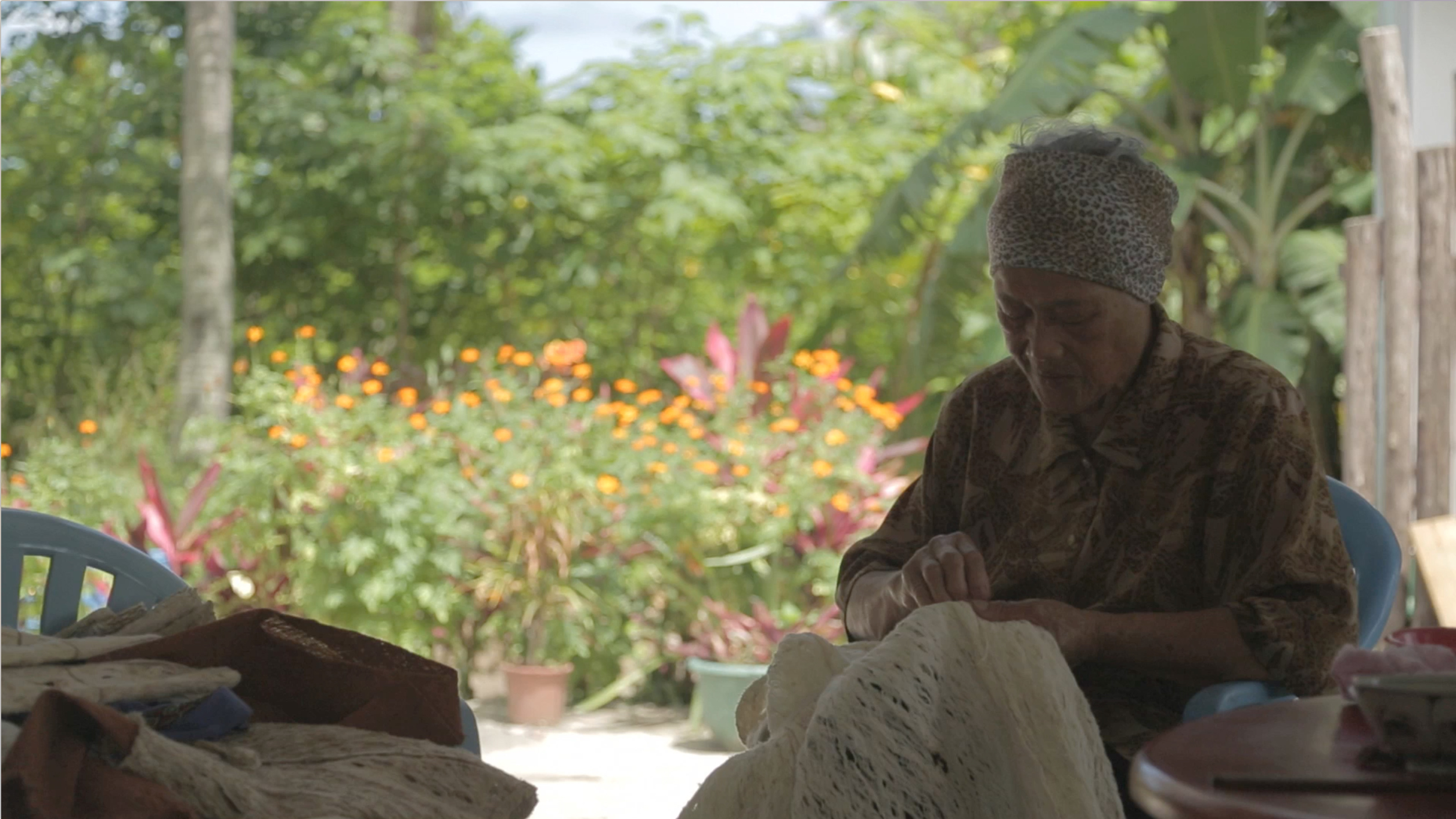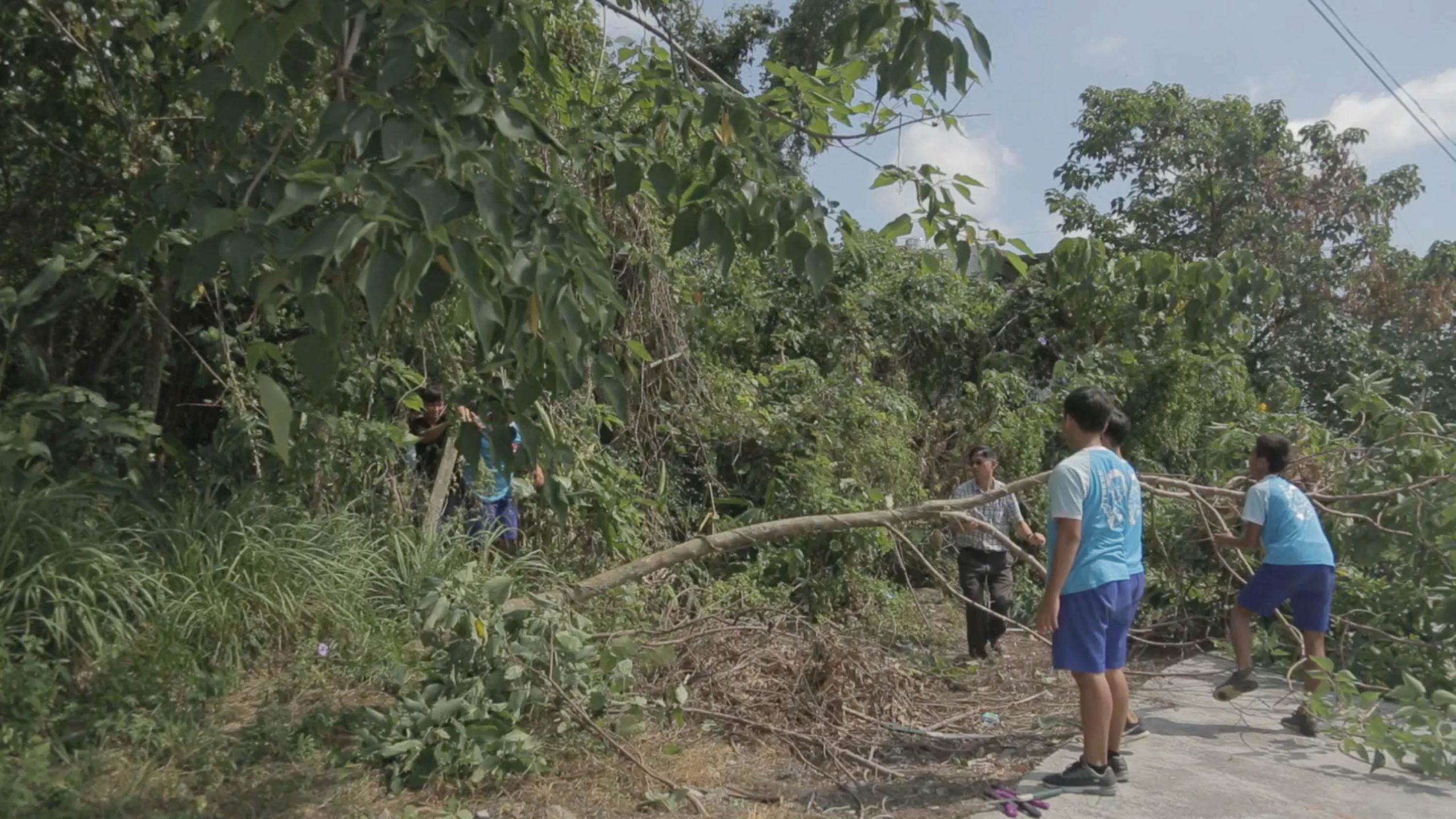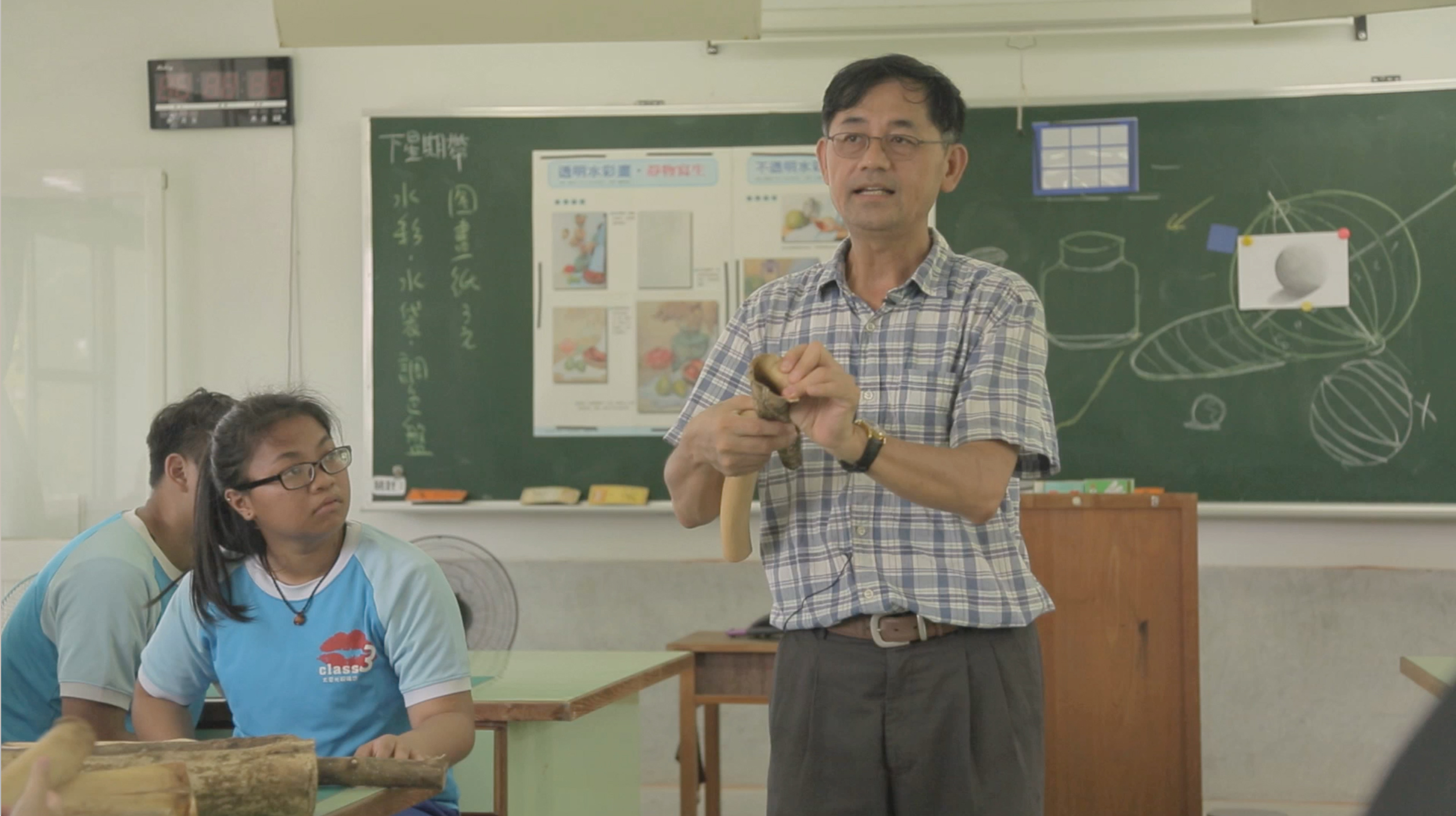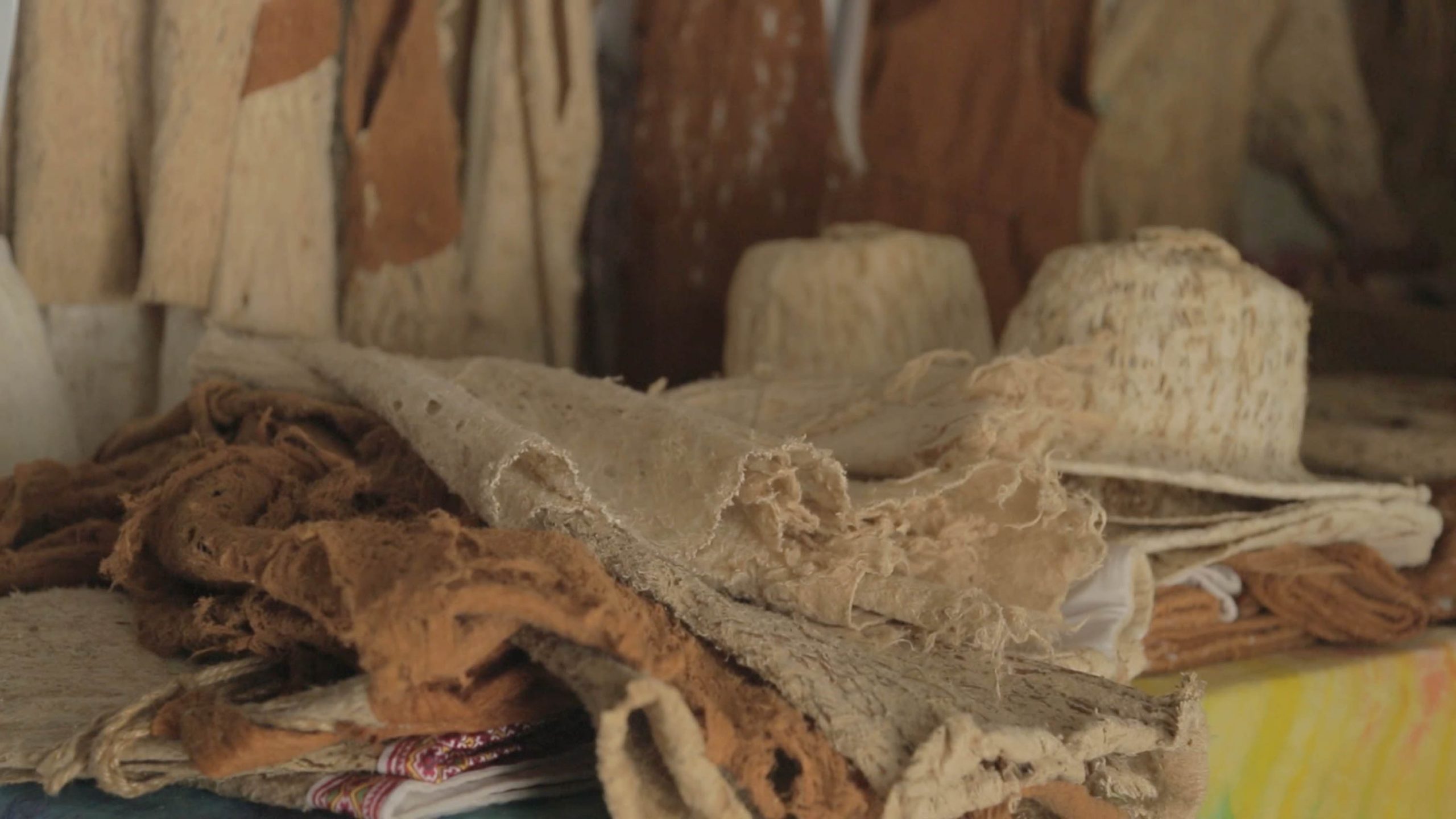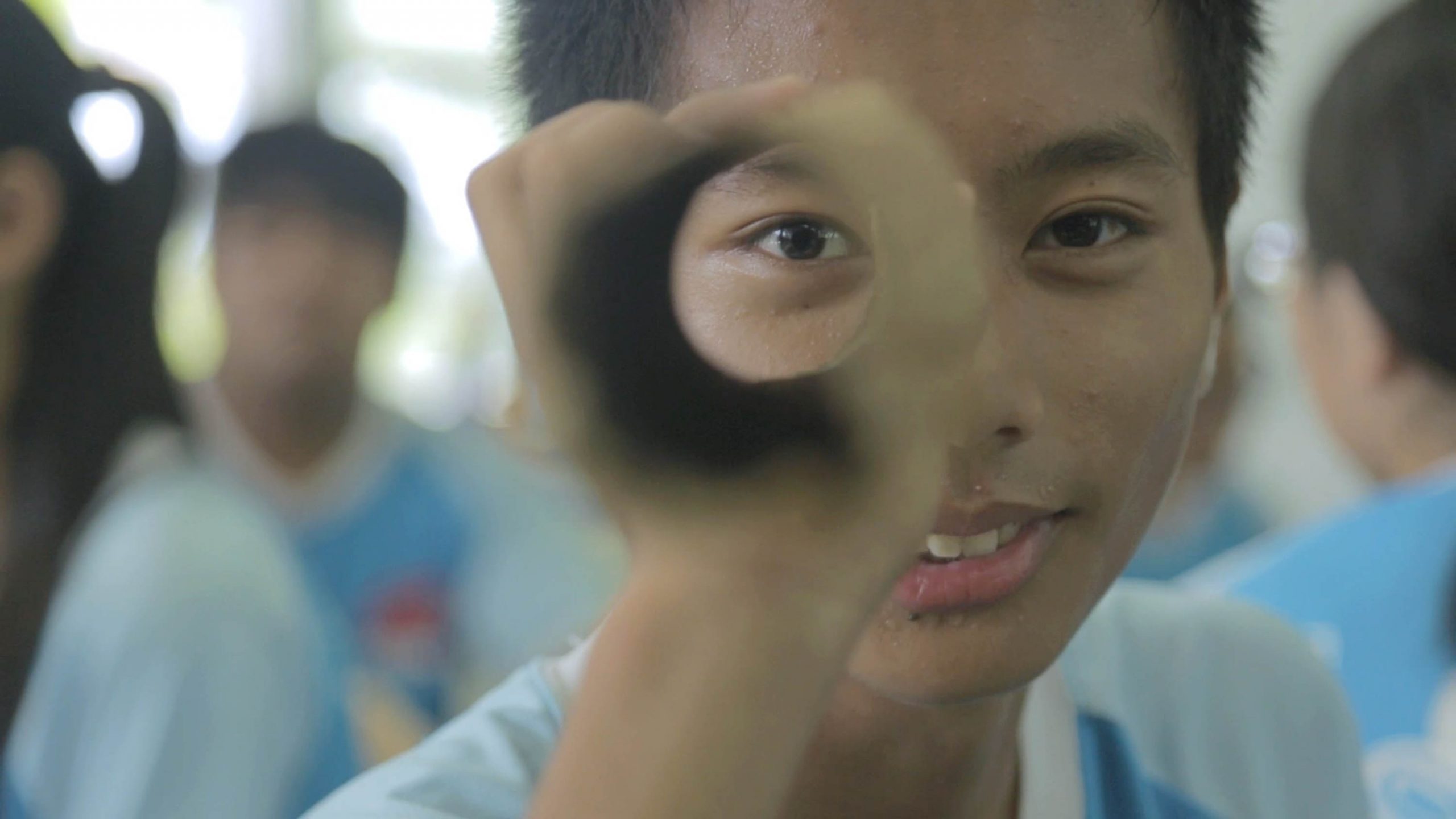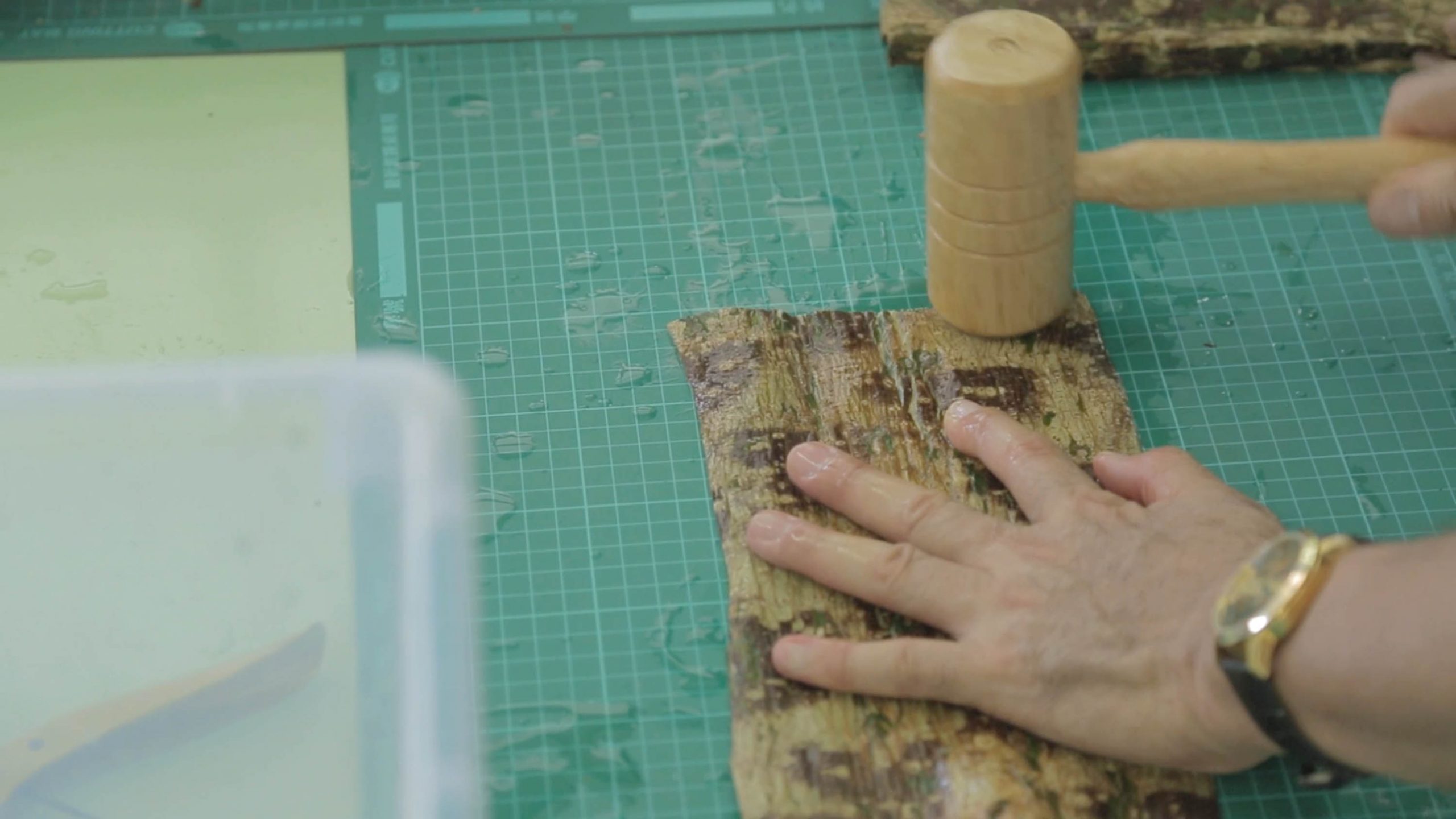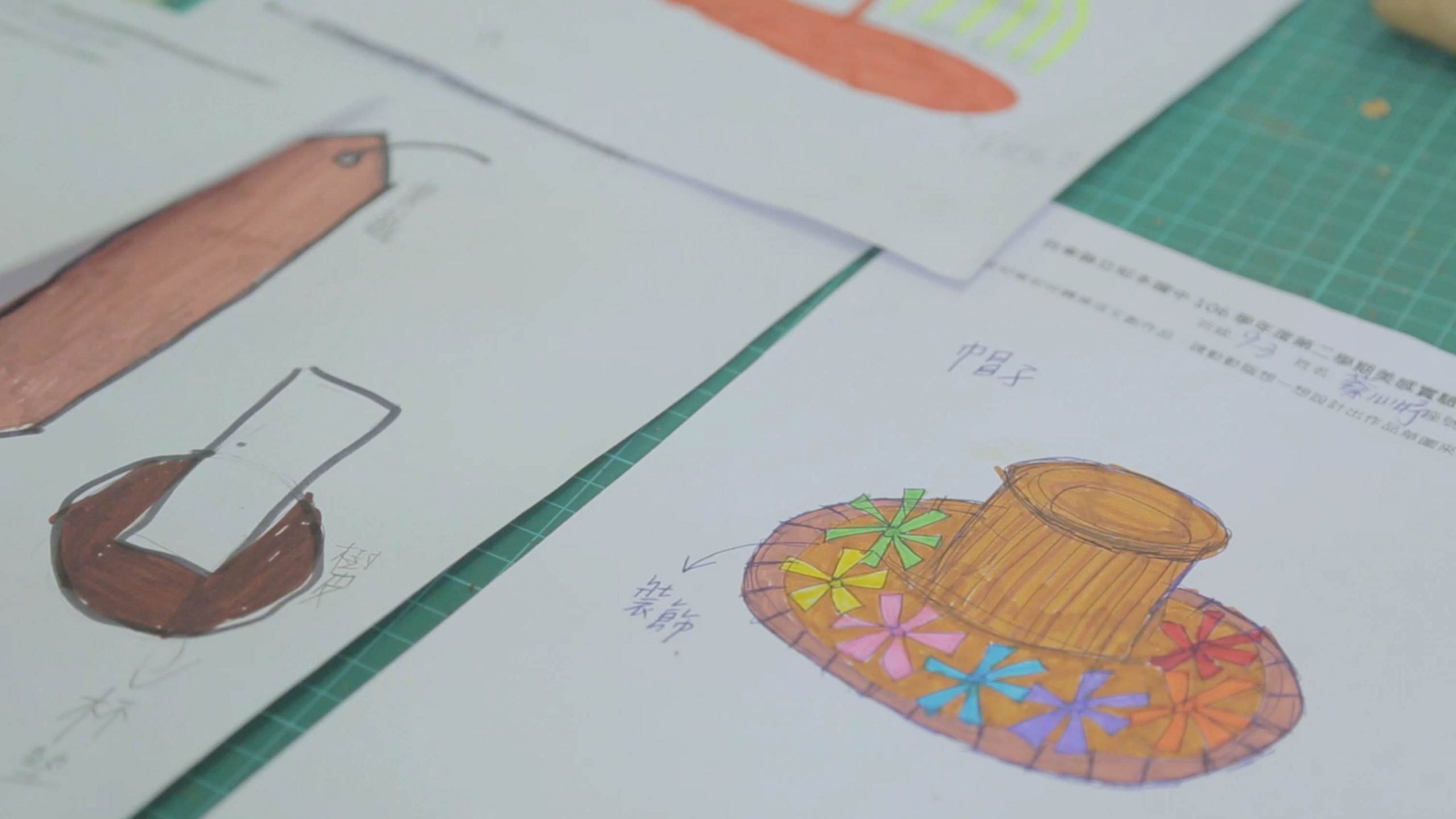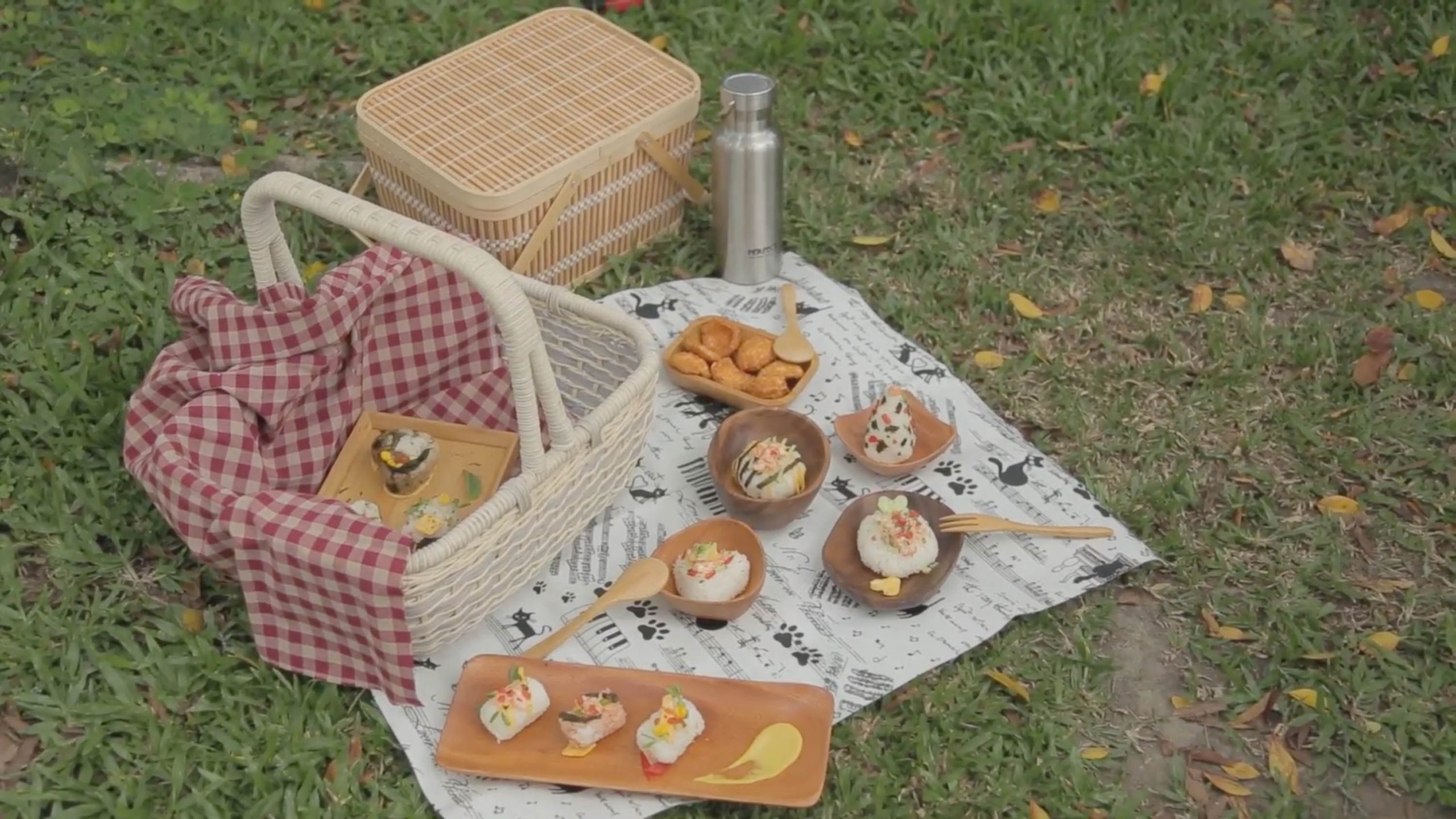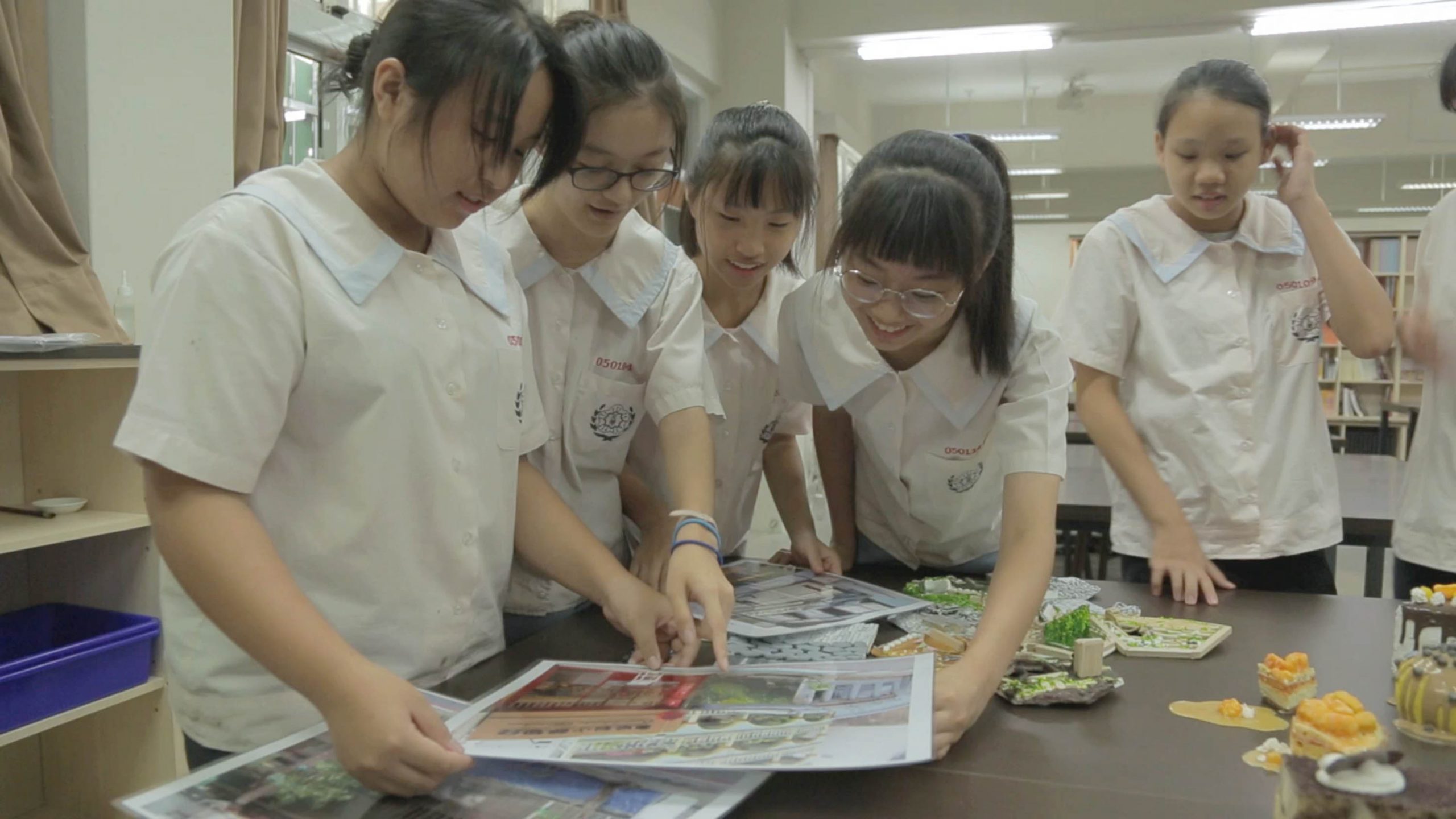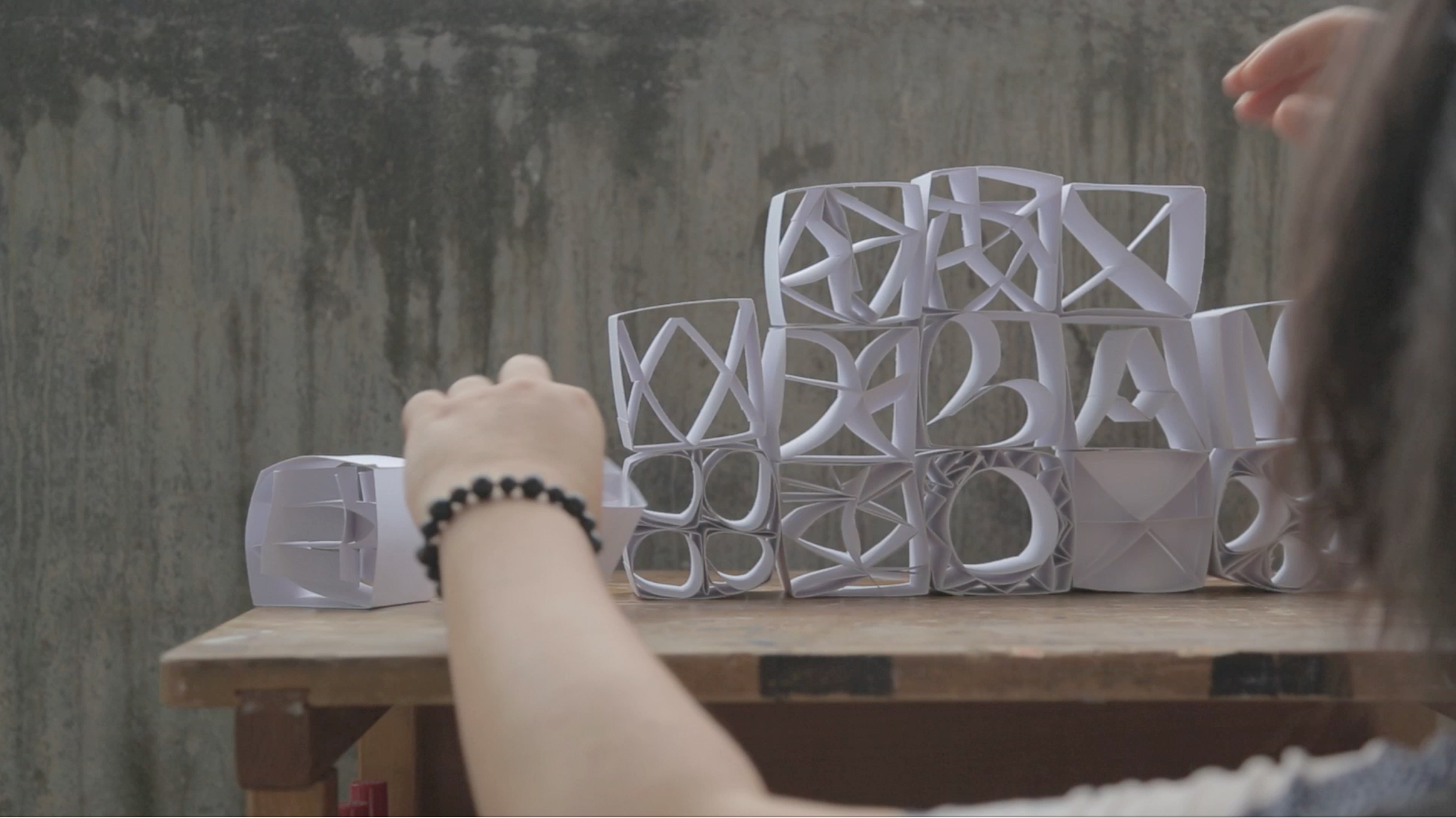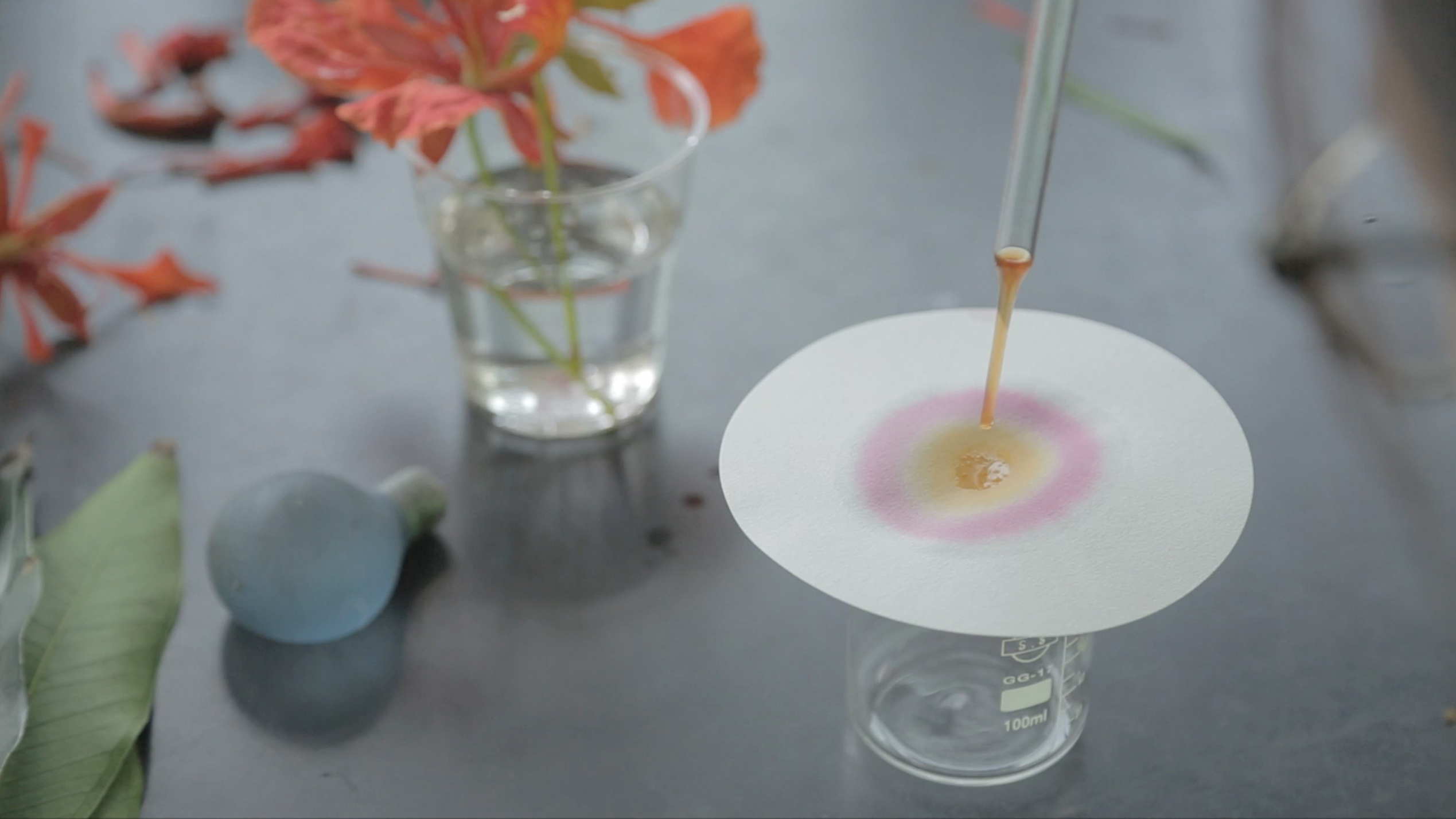The Elder’s Wish
An elder from the tribe was invited to give a lecture in Mr. Liu’s class. He spoke about the young and old generations in the tribe and sadly noted a cultural gap between them. To help bridge this gap and revive tribal traditions, Mr. Liu decided to teach the students how to make tree bark clothes. This lesson aimed to deepen their understanding of their own culture.
The students learned about the different types of trees and why people made clothes from tree bark in the past. They experienced firsthand how to soften tree bark and used local materials and techniques to create items that meet contemporary needs. The lesson highlighted the tribal lifestyle and showcased the ancestors’ wisdom in utilizing natural materials for everyday life. It also encouraged the students to continue exploring new possibilities within traditional craftsmanship to pass on their aboriginal culture.
